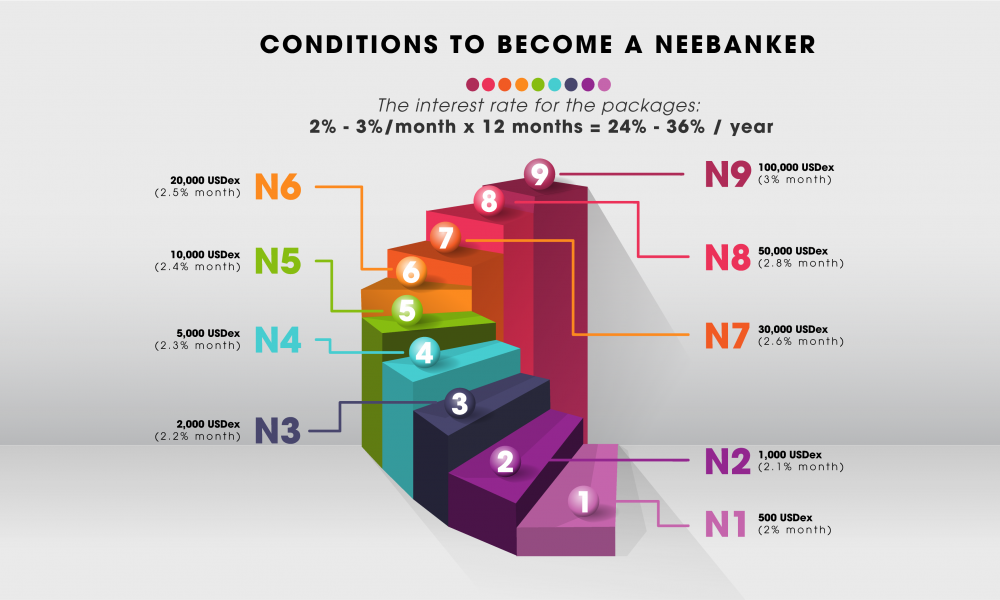
Digital Banking is strongly developing in Asia
In the last decade, Asia’s banking sector has not only led the world in global banking profit pools, assets and market capitalism but also in building new business models centred on digital innovations. Whilst the future of Asia banking is bright, most traditional banks, especially the mid and small-tier banks, are poorly equipped to seize the opportunities to keep pace and transform for the digital age.
On the other hand, the ongoing health crisis is making customers go online for their banking needs while they #stayhomestaysafe, stretching the capabilities of digital services beyond its limits. While digital banking would have been a convenient option in the past, it has now become a vital lifeline. As customers’ demand for digital access and control to their finances intensifies, digital banking is strongly developing and covering the financial market in Asia.
Now, more than ever, incumbent banks across Asia are faced with the pressing need to up the ante on digital-first banking. The current outlook noted that a significant majority (70%) of banking customers in Asia Pacific (APAC) continue to view banking processes as tedious, according to insights from the Fintech and Digital Banking 2025 report by digital banking software provider Backbase and global market intelligence firm IDC.
Moreover, only 30% of APAC banking customers are active on digital banking channels as a result of incumbent banks’ enduring focus on legacy systems and disregard for digital-first integration. Despite the industry’s lack of readiness, sentiments towards digital banking in APAC are positive with over three in five customers (63%) willing to make the switch to neobanks and challenger banks, according to Backbase and IDC’s study. This comes on the back of the issuance of new banking licenses in the region and the liberalization of several markets towards open banking for the digital age.

As Asia’s banking sector goes through a period of accelerated pursuit to be digital-first, incumbent banks need to address critical legacy issues to be successful. To unlock their digital potential, banks need to confront their views of the value chain, enhance their agility to innovate, transform legacy core systems and leverage customer insights to offer personalisation at scale.
The research has found that incumbent banks were not able to take advantage of potential ecosystem partners as they still hold traditional views of the value chain. 80% of the top 250 banks in APAC still prefer to own the entire value chain of banking, with third party-contributed business at a mere 2%.
Ecosystem strategies that call for agility are imperative if banks were to scale by integrating fintech solutions from cloud marketplaces, enriching banks’ core systems. Meanwhile, more than 35 neobanks or new digital challengers across APAC are built on agile innovative best practices — way ahead of incumbents in terms of flexibility, self-service capabilities, customer needs, and personalization.
In today’s digital age, great customer experience is non-negotiable. APAC banks must unleash the potential of personalization at scale and be more customer-driven and platform-oriented.
For instance, the Bank of the Philippine Islands (BPI) has created a unified customer experience that benefits all areas of the business, from customer acquisition to retention. Using a combination of Backbase’s widget accelerators and agile scrum methodologies, BPI was able to deliver an all-new customer experience that is fresh, future-proof, and secure.
Moving forward, the key focus will be on digitization and implementation of artificial intelligence (AI) to enable instantaneous delivery of products, services and information to meet the growing demands of consumers. Further, automated processes and lower cost of operations can enable banks to better serve their corporate clients. Lastly, AI and ML also bring intelligence to wealth management decisions, boosting productivity.
Whilst COVID-19 may be the catalyst that spurs the proliferation of digital banking in Asia due to necessity, digital financial services will remain to be a high priority and critical factor for the economy to recover. The digital banking revolution will be underpinned by mobile, digital and open data as incumbents and new entrants jostle in the race to redefine banking for customers. Certainly, digital banking will cover the financial market in Asia in the future.
 Why Should Businesses Accept Money 4.0 Now?
Why Should Businesses Accept Money 4.0 Now?





